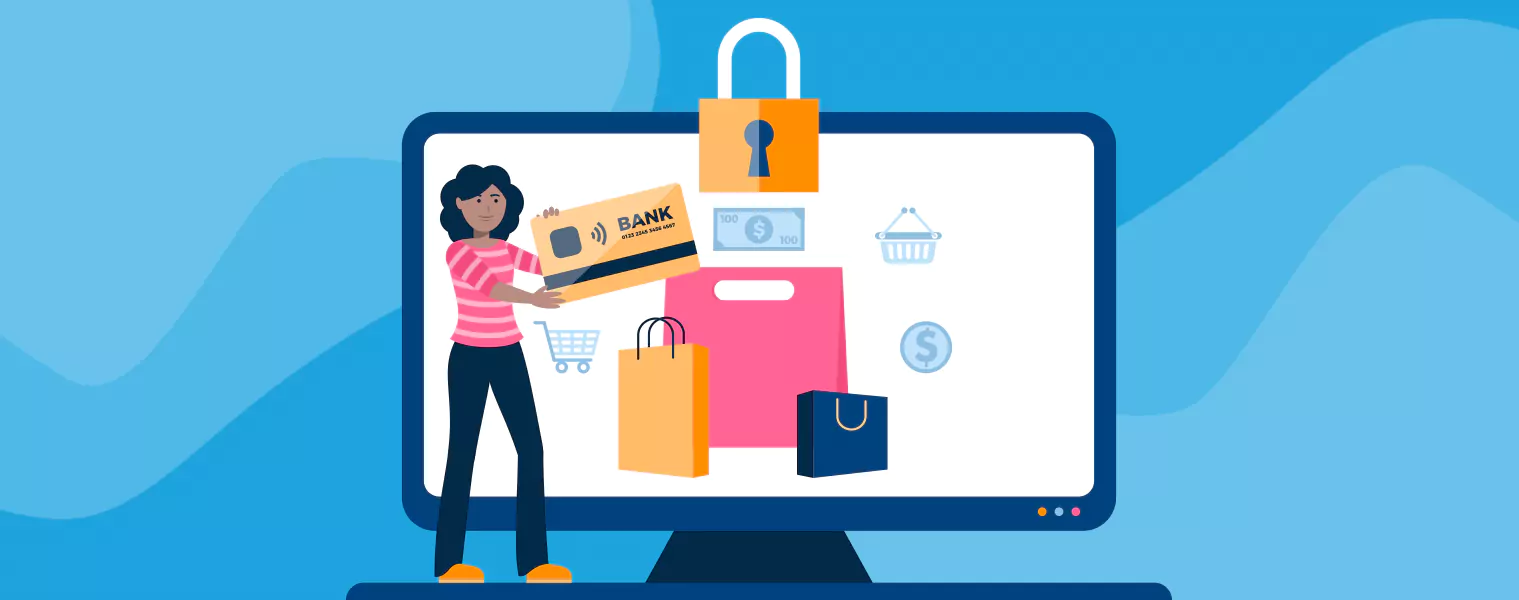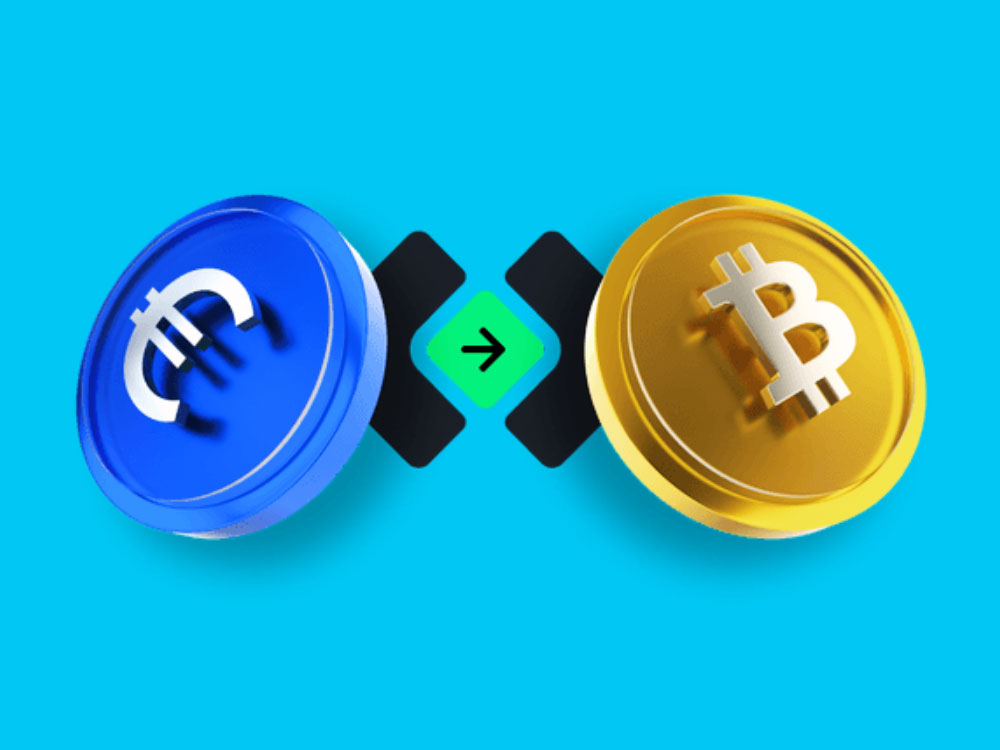Access to stablecoins remains one of the biggest barriers for communities in emerging markets to participate in Web3. For many regions in Africa, the ability to convert local fiat into USDC or USDT is still limited, especially for users without crypto experience or access to exchanges.
A leading Web3 foundation set out to change that. Focused on increasing grassroots adoption and financial inclusion, the foundation wanted to provide a simple way for users in African countries to buy stablecoins directly from their wallets or partner dApps.
Rather than building on-ramps from scratch or navigating complex regional banking relationships, they partnered with TransFi. The result: local fiat-to-stablecoin access in key African markets, rolled out in weeks, not months.
The Challenge: Bridging Fiat and Stablecoins Without Local Banks
The foundation had already been working with communities in Kenya, Nigeria, and Ghana. Their blockchain-based products—ranging from decentralized identity to savings tools—had strong interest from local builders and users. But getting users onboarded into crypto was a major hurdle.
Most users didn’t have crypto wallets or know how to use centralized exchanges. Bank transfers were unreliable, cards were often declined, and local crypto services were fragmented.
To make onboarding easier, the foundation needed a way to:
- Let users buy USDC directly from their mobile device
- Accept local payment methods like mobile money and local bank transfers
- Avoid needing its own financial licenses or bank integrations
- Offer a secure and compliant solution across multiple African countries
That’s where TransFi came in.
Why the Foundation Chose TransFi
After evaluating several on-ramp providers, the foundation selected TransFi based on four critical factors:
- Coverage across Africa
TransFi supported key local payment methods like M-Pesa, Paga, and mobile banking in Kenya, Nigeria, and Ghana. - Simple API integration
Their dev team was able to embed TransFi’s fiat-to-stablecoin flow directly into the foundation’s wallet interface, without managing custody or liquidity. - Regulatory safeguards
TransFi handled KYC and compliance for each transaction, reducing operational and legal risk for the foundation. - User-friendly onboarding
First-time crypto users could complete purchases without needing to leave the app or create a separate exchange account.
In short, it was the easiest way to bring real fiat-to-crypto access to the people who needed it most.
How Integration Worked
The foundation’s development team integrated TransFi’s on-ramp widget directly into their mobile wallet and web dApp. When a user tapped “Buy USDC,” the TransFi interface popped up, letting them:
- Enter the amount in their local currency
- Choose from available payment methods like mobile money
- Complete KYC and initiate payment
- Receive USDC directly into their non-custodial wallet
Because TransFi handled both sides of the transaction—the fiat collection and USDC delivery—the foundation didn’t need to worry about liquidity or conversion rates.
The full rollout took just a few weeks, including localization and testing across different countries.
Real Impact: What Changed on the Ground
Before integrating TransFi, most users in these African regions couldn’t easily acquire stablecoins without going through peer-to-peer trades or risky platforms.
After integration:
- Thousands of users completed their first USDC purchase in under five minutes
- Over 50 percent of new wallet users funded their accounts via TransFi’s on-ramp
- User onboarding completion rates jumped by over 2x
- Developers in the region began building additional use cases, knowing users now had access to crypto liquidity
More importantly, users were able to access DeFi tools, dollar-denominated savings, and global financial applications—without needing a foreign bank account or card.
Why Stablecoin Access Matters in Africa
In many African countries, local currencies face inflation, volatility, or limited global acceptance. Access to stablecoins like USDC provides a gateway to financial stability, cross-border payments, and participation in global Web3 networks.
The challenge isn’t demand—it’s infrastructure. TransFi helped bridge that gap by offering:
- Local fiat on-ramps tailored to African markets
- A no-custody model that aligns with decentralization
- Fast, compliant KYC and payments infrastructure that reduces friction
For the foundation, this meant staying focused on its mission—empowering builders and users in the region—without getting buried in regulatory or technical overhead.
Looking Ahead: Expanding Across the Continent
Following the success of the first rollout, the foundation plans to extend TransFi-powered access to more countries, including South Africa, Uganda, and Tanzania. They’re also exploring additional stablecoins and payout features to support local developers and earners.
More broadly, the integration has created a blueprint for other Web3 projects: if your users can’t access stablecoins easily, adoption will stall. With tools like TransFi, you can remove that barrier and unlock real financial access at scale.
Also read: How a Regional Crypto Exchange Used TransFi to Expand Fiat On-Ramps Without Banking Licenses
Final Thoughts
This case shows what’s possible when infrastructure meets intent. By using TransFi, a mission-driven Web3 foundation gave thousands of people in Africa direct access to digital dollars—without relying on banks, exchanges, or third-party custodians.
If your project is serious about inclusion and adoption in emerging markets, start by making stablecoin access simple. TransFi is proving that it doesn’t need to take years, licenses, or a massive engineering team.
FAQ
1. What is TransFi?
TransFi is a plug-and-play fiat-to-crypto infrastructure that allows apps and platforms to offer local stablecoin access using popular payment methods without needing their own banking licenses.
2. How did the Web3 foundation use TransFi?
They integrated TransFi’s on-ramp widget into their wallet and dApp to let users in African countries buy stablecoins like USDC using mobile money and bank transfers.
3. Which countries in Africa were supported?
The initial rollout focused on Kenya, Nigeria, and Ghana, using local payment rails like M-Pesa, Paga, and mobile banking.
4. Did the foundation need to handle compliance or custody?
No. TransFi managed KYC, compliance, fiat collection, and USDC delivery—letting the foundation stay focused on product and community growth.
5. Can other Web3 apps do the same?
Yes. Any Web3 wallet, dApp, or fintech platform can integrate TransFi’s API or widget to offer fiat-to-stablecoin on-ramps quickly and without needing local bank partnerships.
Table of Contents
Suggested Article
Explore our products

Make global payments at the speed of a click

Accept payments, remove borders.

Unlock Seamless Digital Currency Transactions Anywhere









.png)














